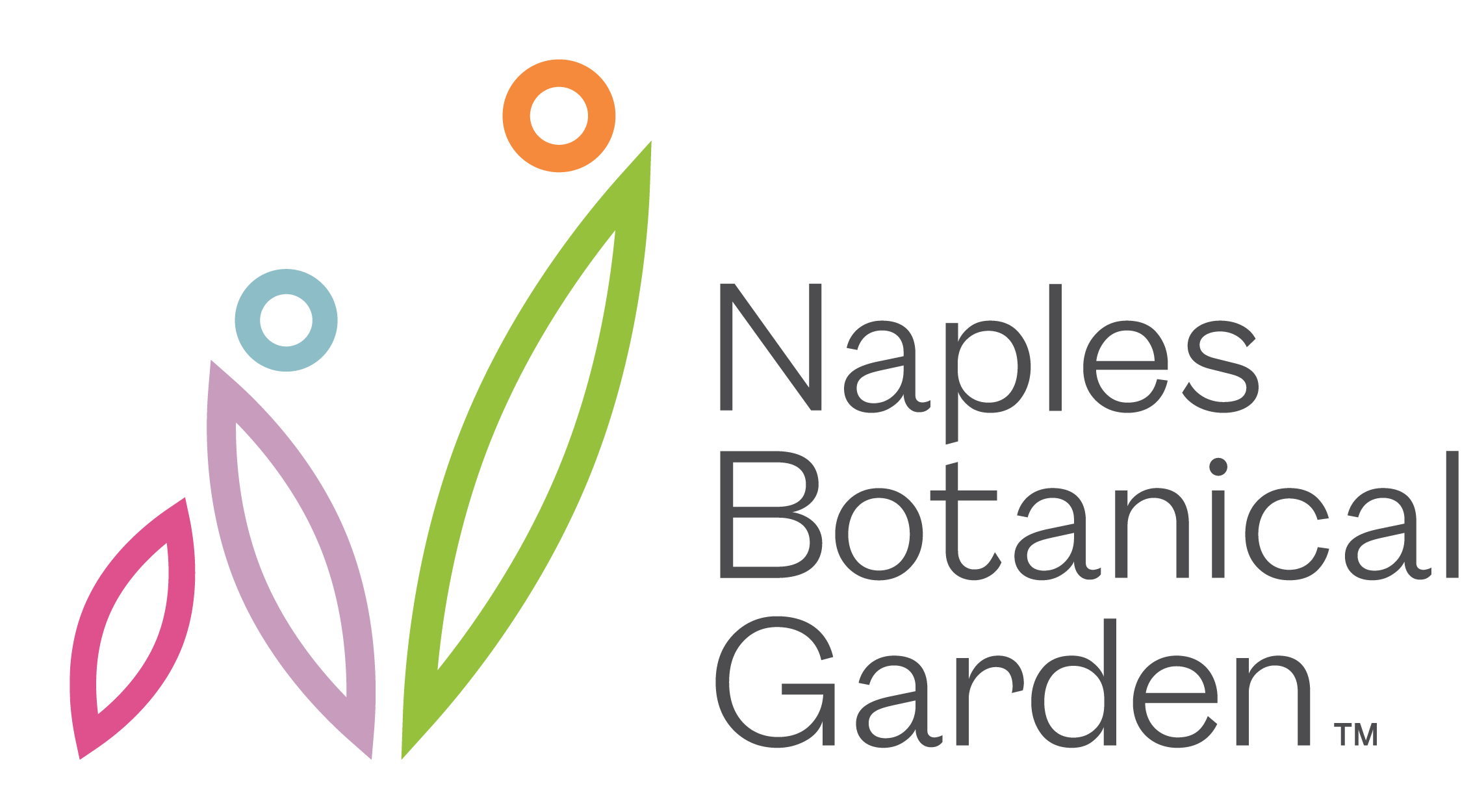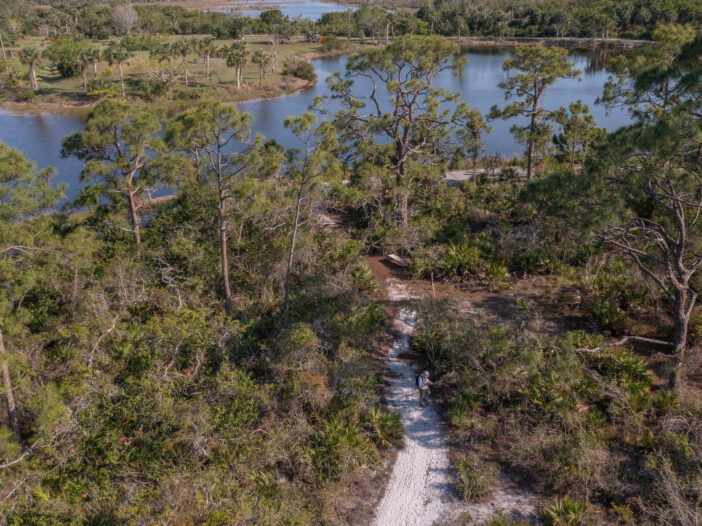
As you walk from the Ghost Orchid Boardwalk toward the Smith Uplands Trail, you’ll encounter an ecosystem shift. Stop, take a look all around, and you’ll notice subtleties between the pinelands and scrub, inviting you to step from one world into another.
For a moment, you’re surrounded by tall, straight pines of the pinelands. Leave the boardwalk and keep going, and you enter the scrub, sandy and sunbaked. Everything changes: the light, the air, even the sound of the wind. What was once a soft breeze through the pines becomes a dry rustle in the scrub.
These sudden shifts are part of Florida’s mystique, something I had to become accustomed to as I learned about this landscape. You see, as a native New Englander, I grew up seeking summits. The drama of elevation always meant big payoffs—wide, open views at the end of long climbs.
Here in Florida, the ground’s elevation tells a different story: a quieter one. Change reveals itself not in sweeping vistas, but in moisture, in plants, and in the whispers of wind.
This is a striking example of how in pine flatwoods, the landscape feels expansive, with tall pines rising like spires, their straight trunks giving the space an open, airy feel. The forest floor is dotted with thick saw palmettos, their fan-shaped leaves spreading wide.
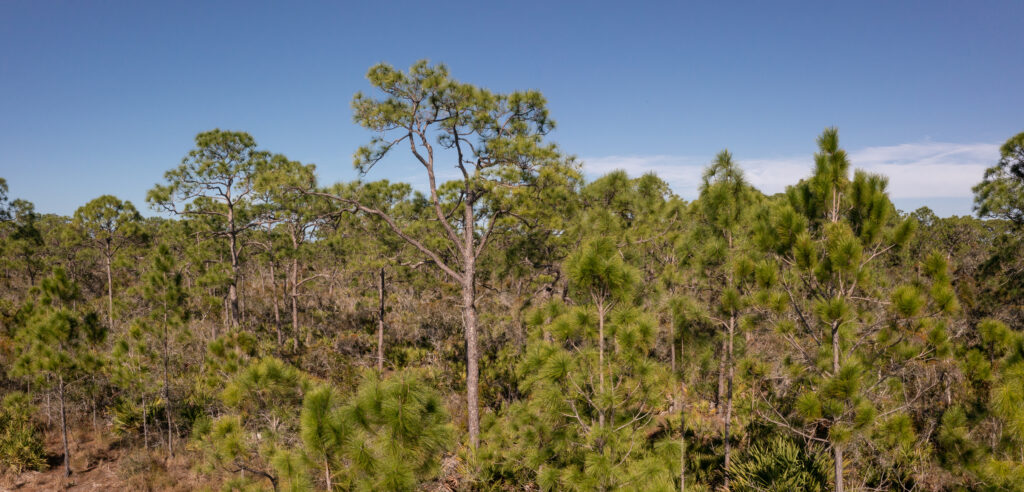
But as you step into the scrub, the scene shifts. The trees become shorter and more twisted, their gnarled branches reaching out in every direction, while sparse saw palmettos dot the dry, sandy earth. The scrub feels more confined, with wiry grasses growing low to the ground, adding a sense of rugged resilience to the landscape.
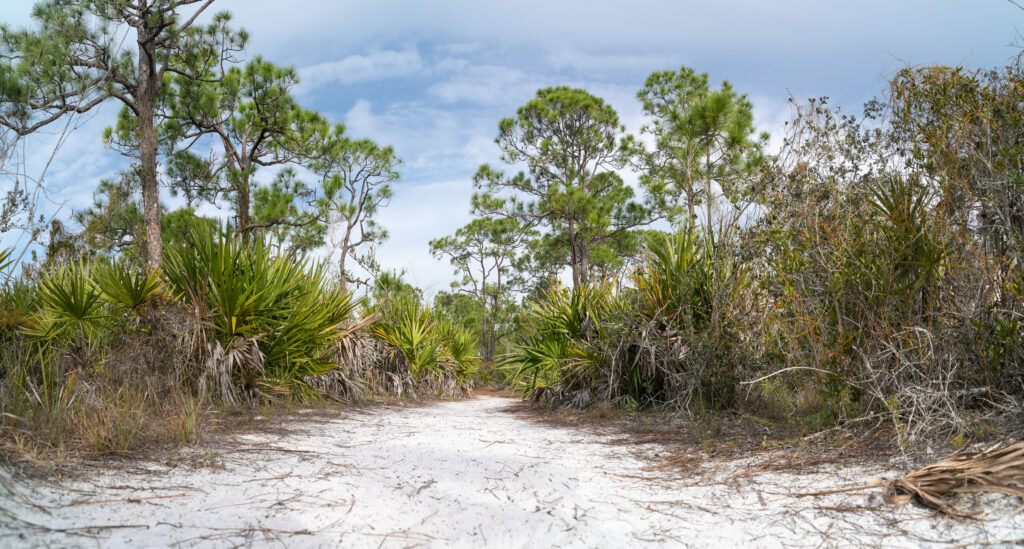
The shift is not just visual, but audible. In the pinelands, the wind moves with a sweeping swoosh, like waves rolling through a forest of green spires. In the scrub, it lowers to a dry rustle brushing through shrubby oaks, saw palmettos, and wiry grasses. It’s as if the land itself has changed its voice.
And that shift? It all comes down to inches.
How Elevation Shapes Life
Florida is famously flat, but its diminutive fluctuations in elevation yield changes as dramatic as stepping from a forest trail to an open plateau. Just a few inches can mean the difference between standing water and dry sand. These small changes dictate which plants thrive, where fire moves, and how moisture clings to the soil. You may not even notice you’re on an incline, but the plant communities certainly do.
In the swampy lowlands, for example, dense thickets of pond apples (Annona glabra) and bald cypress (Taxodium distichum) take root in saturated soil, their tangled roots creating a network that holds the wetland together. Ferns unfurl their fronds, while pickerelweed (Pontederia cordata) thrives in standing water, their broad leaves floating on the surface. The dense canopy above creates a thick shade, keeping the air cool and humid, with the constant dampness nurturing a rich layer of vegetation that thrives in this waterlogged world.
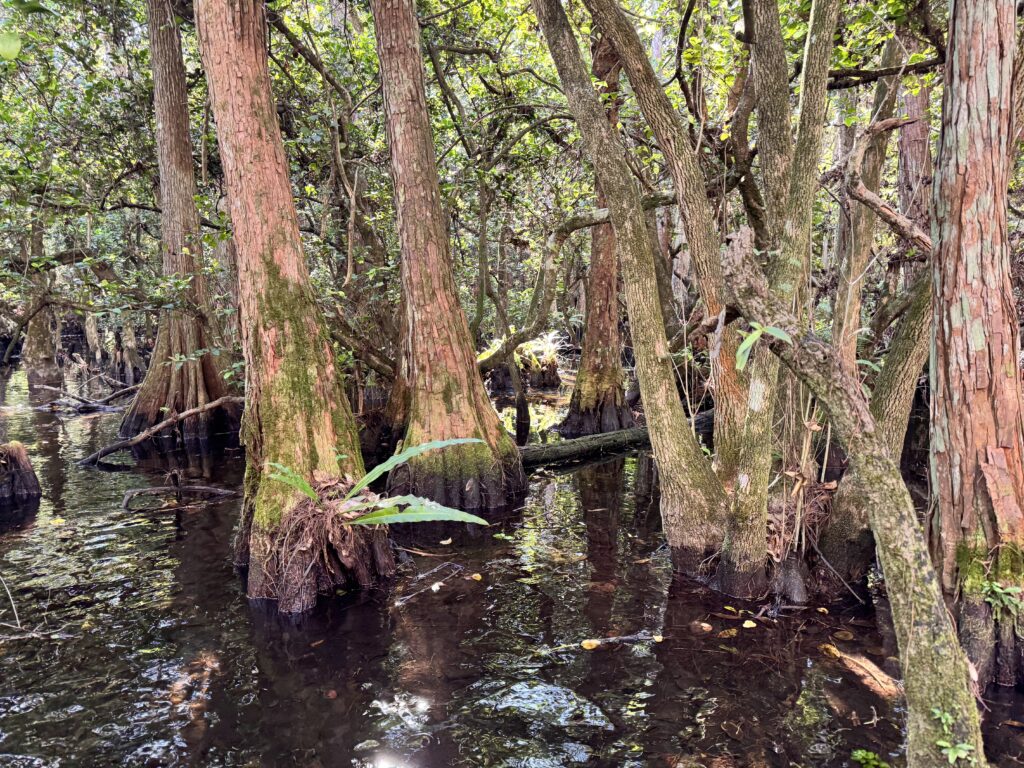
Climb just a few inches, and you enter the pine flatwoods, where Southern slash pines (Pinus elliottii var. densa) rise tall and straight, their canopies casting dappled light across the ground. Saw palmettos (Serenoa repens) spread throughout the understory, their broad leaves carpeting the ground. Fire plays a crucial role here, clearing the land and creating space for fresh growth to emerge, making the ecosystem resilient and ever-changing.
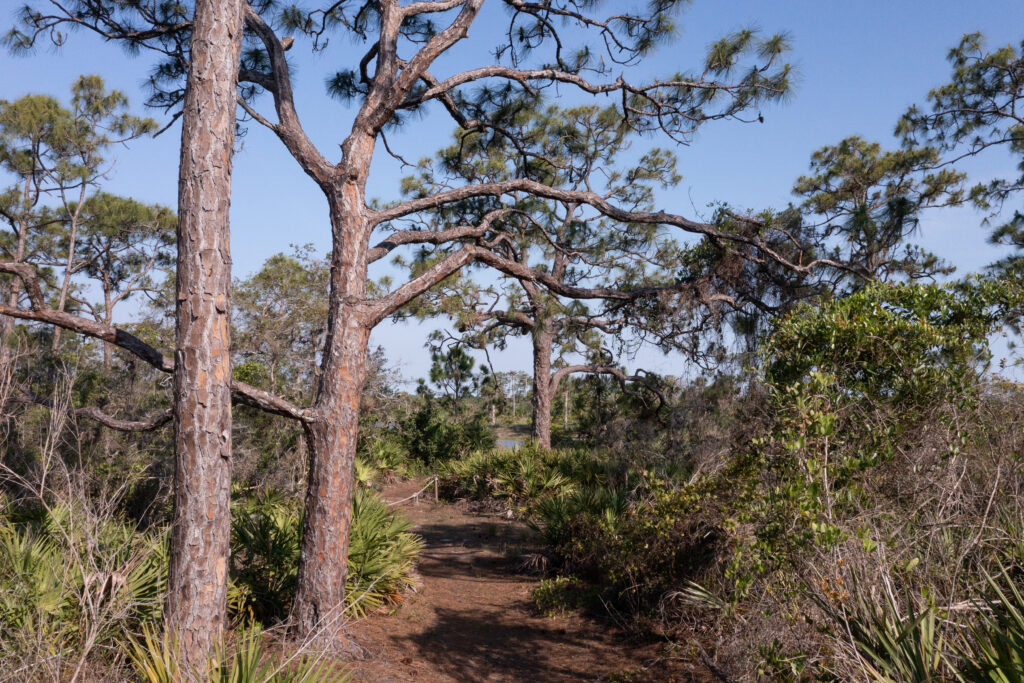
Add a few more inches, and the scrub takes over. This is a tougher environment, where the soil is dry and nutrient-poor, forcing plants to adapt to the harsh conditions. Florida rosemary (Ceratiola ericoides), scrub oaks (Quercus geminata), and firebush (Hamelia patens) have adapted deep roots and durable foliage, thriving where few other plants can survive. The landscape here is more exposed, with plants and shrubs fighting for space in the rugged, sun-scorched earth.
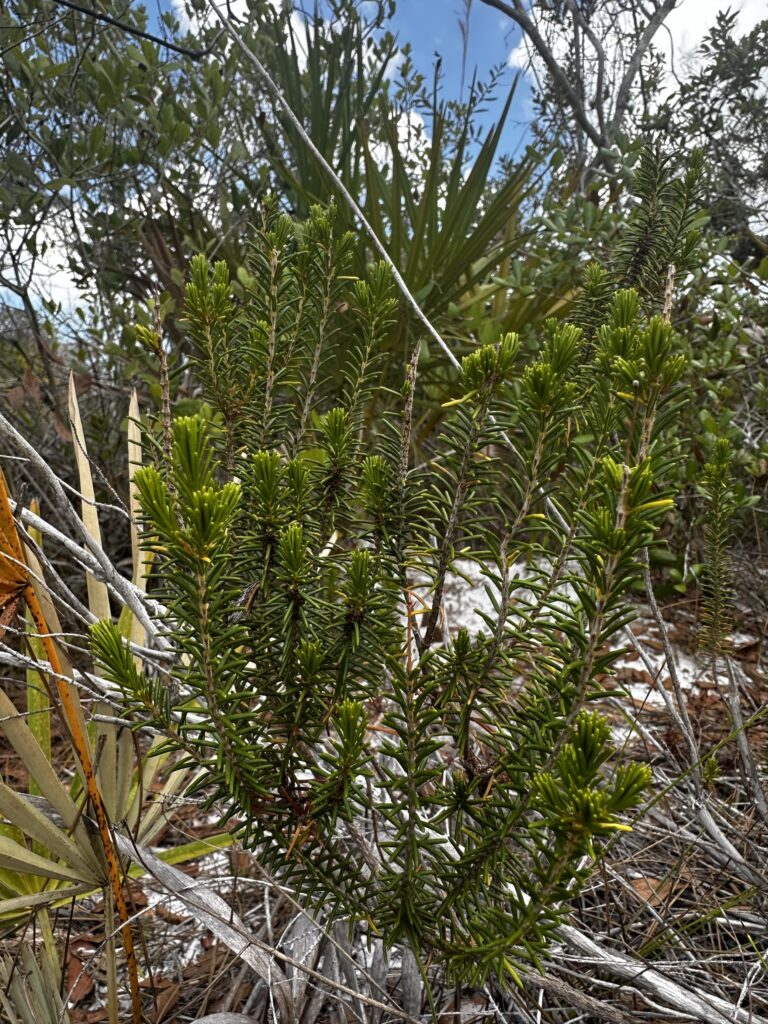
Plants that Stay Put—and Those that Wander
Some plants are specialists, tightly bound to their specific habitats. Florida rosemary and pond apple, for example, can only survive in scrub or swamp, respectively. A few inches in the wrong direction, and they can’t take root.
Others, like wax myrtle (Morella cerifera), saw palmetto, and lovegrass (Eragrostis spp.), flourish across many conditions, bridging the gap between ecosystems.
This mix adds richness to Florida’s landscapes. It’s how a single trail can lead you through a series of distinct, coexisting worlds.
A Walk Through Inches
Micro-elevation defines Southwest Florida’s habitats:
- Mangrove Forests – At sea level, red, black, and white mangroves anchor the coast.
- Coastal Hammocks – Slightly elevated, filled with gumbo limbo, sea grape, and cocoplum.
- Pine Flatwoods – Fire-shaped, flat, seasonally wet, dotted with pines, palmettos, and grasses.
- Cypress Domes – Shallow depressions with towering, water-loving trees.
- Scrub & Sandhills – High, dry, ancient landscapes, home to plants that thrive in harsh, nutrient poor soils and intense sunlight, showcasing their resilience in challenging conditions.
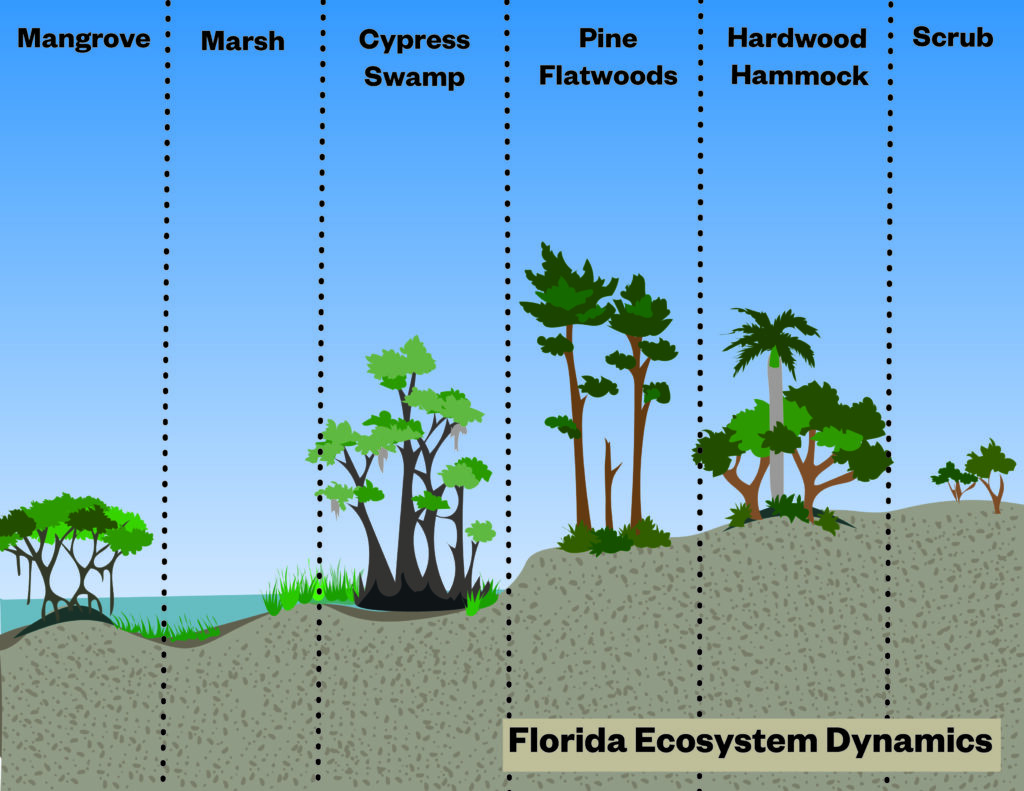
When the Wind Changes
Florida rewards those who slow down. Its story isn’t written in sweeping vistas, but in the small shifts, the layers of life that unfold when you take a moment to notice them. As you walk through native habitats, observe the changes in texture, rhythm, and sound—the dry, rasping whispers of the scrub, the gentle rustle of the pines.
That’s what makes Florida’s ecosystems so compelling. In our natural areas, many worlds meet, and the land tells its story—softly, but clearly.
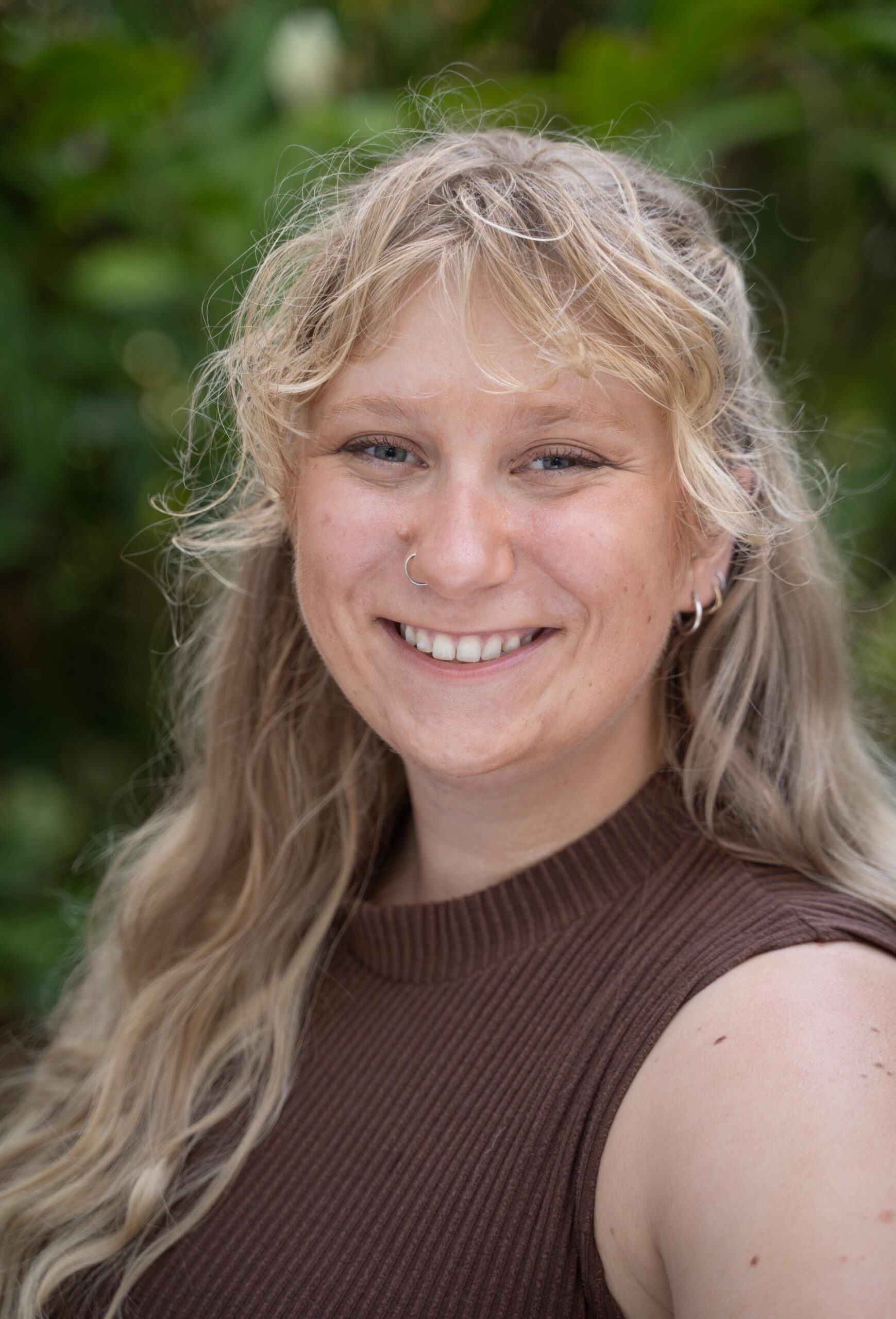
About the Author
